The Language of Flowers – Ukrainian Floral Symbols and Their Meaning
In the world of flowers, beauty is closely intertwined with deep meanings. Ukraineflora has prepared material that will help you understand the mysteries of the language of flowers and their significance in Ukrainian tradition. In addition to a profound interest in culture, our company is noted for its unparalleled service, which includes 24/7 order processing, premium-quality products, the possibility of extremely fast shipping, and exquisite service at affordable prices. Don't hesitate to contact us to buy flowers and gifts and have them delivered to Ukraine as soon as possible.
Before choosing a bouquet, you often want to understand what a flower symbolizes, and today, we will tell you about the history of such a tradition as selecting buds for creating Ukrainian wreaths. We will also talk about the science that studies combining various types of plants into a single image in a bouquet and touch on floral coloristics. All this will help you navigate when choosing the right gift for your loved ones with delivery to any corner of Ukraine: Kyiv, Kharkiv, Odesa, Kryvyi Rih, Dnipro, Zaporizhzhia, Mykolaiv, Poltava, and other cities.
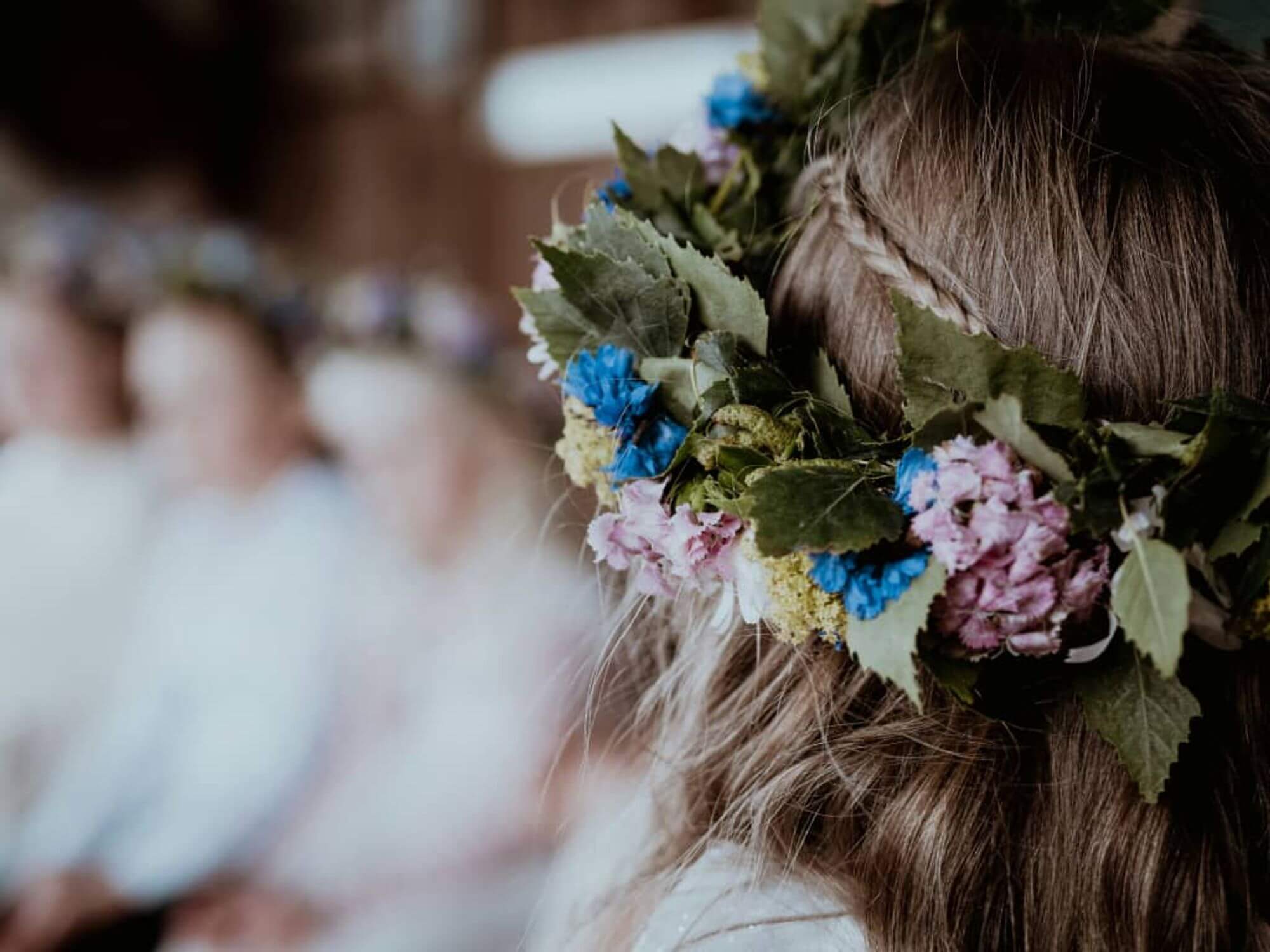 |
Ukrainian Flower Symbols in Traditional Wreaths
One of the most significant symbols of Ukrainian culture is the wreath. With its help, a message could be conveyed without uttering a single word. To form such messages, girls often gathered bouquets, intertwining delicate stems and meanings passed down from their ancestors.
How Flowers Acquired Symbolic Meaning
The floral wreath as a multifaceted symbol is mentioned as far back as Sumerian culture (12th-3rd centuries BCE). At that time, it symbolized the transition of the immortal soul from the other world to ours. It is believed that the Sumerian culture "passed on" this symbol to the Slavs. For example, the well-known symbol of Inanna includes a wreath with a ribbon and a star in the center. This image is also found on the sarcophagus of Yaroslav the Wise. The Ukrainian wreath with ribbons may be a simplified sign of Inanna, embodying the aspiration for a "clear, peaceful sky" above the wearer's head and protecting against evil forces.
In antiquity, the wreath was used as a symbol of happiness, talent, victory, and also mourning. It was worn during banquets, weddings, oratory performances, and triumphal processions in honor of victories as a sign of worship. The wreath gained special significance through carefully selected plants, their shades, and the texture of petals and leaves. In Ukrainian lands, the wreath has been known since ancient times. It is often seen in depictions of goddesses wearing headdresses made of flowers and herbs.
The term "wreath" in ethnographic regions had different names, forms, and types. Sometimes it was worn in the form of plates or ornaments, using old names such as "teremok", "crown," "fes," "korobulia," "kapelyushyna," and others. Interestingly, different regions have their traditions for wearing this adornment. Hutsul women decorated their heads with a ring – copper plates in the shape of petals were strung on a thread or strap, or they wove "kody" into loose hair – wreath-like decorations fastened at the crown.
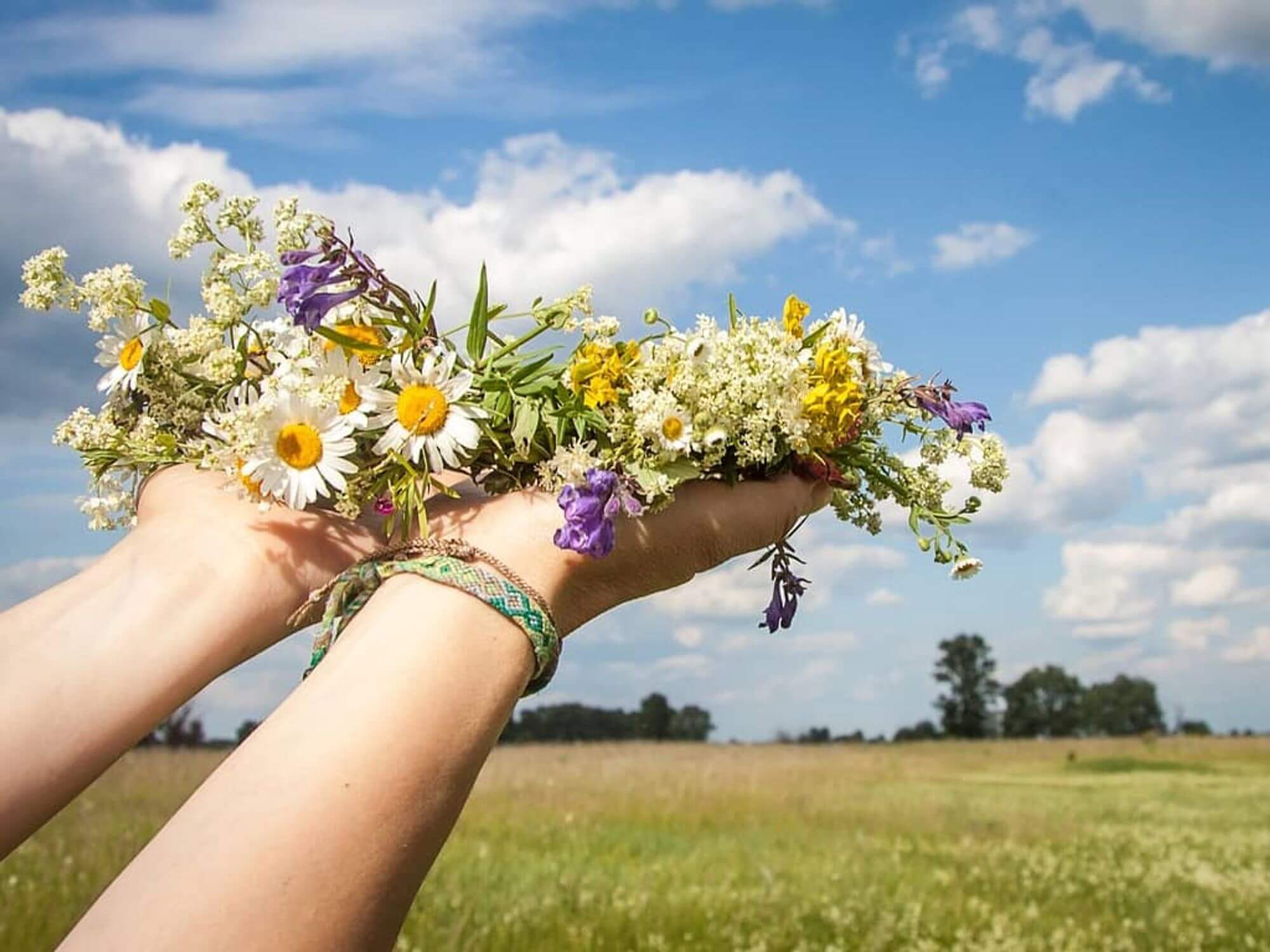 |
What Ukrainian Flowers Symbolize
But let's return to the flowers. Traditionally, Ukrainian girls wove 12 types of plants into the wreath, each carrying its meaning:
- Poppy – fertility, beauty, and youth;
- Chamomile – love and fidelity;
- Sunflower – devotion;
- Cornflowers – humanity;
- Mallow and Peony – faith, hope, love;
- Mint – protection of the child;
- Cornflowers – compassion, responsiveness;
- Cherry or Apple Blossoms – a symbol of maternal love, maiden beauty;
- Field Bellflower – gratitude;
- Rose – passion.
Flowers for wreaths were collected at specific times depending on the meaning attributed to them. The protective power of the adornment was enhanced with thin branches of trees, shrubs with leaves, and herbs: wormwood – "the herb of all herbs," sweet clover – a symbol of fidelity, and oak leaves – strength. But the most powerful protective charm was considered to be ivy – a symbol of life and immortality, love, and pure marriage. Each ivy leaf had its significance: the first represented beauty, the second tenderness, the third memory, the fourth harmony, and the fifth fidelity.
Wreaths were woven from twigs and leaves in the summer and from wax flowers, beads, and bird feathers in the winter. They were predominantly sold in Kyiv churches; hence, they were called "Kyiv wreaths." They were most often bought as wedding adornments for the bride.
The art of weaving wreaths is a skill that has almost disappeared. It was passed down from generation to generation: knowing when to gather flowers, how to weave and store them, and which herbs to use was essential. Songs and sayings usually accompanied the weaving. Wreaths were created as ritual symbols that brought good luck and protected against the evil eye. The decorations gained magical power, especially those woven by pregnant women – wreaths created by a future mother were endowed with the power of fertility.
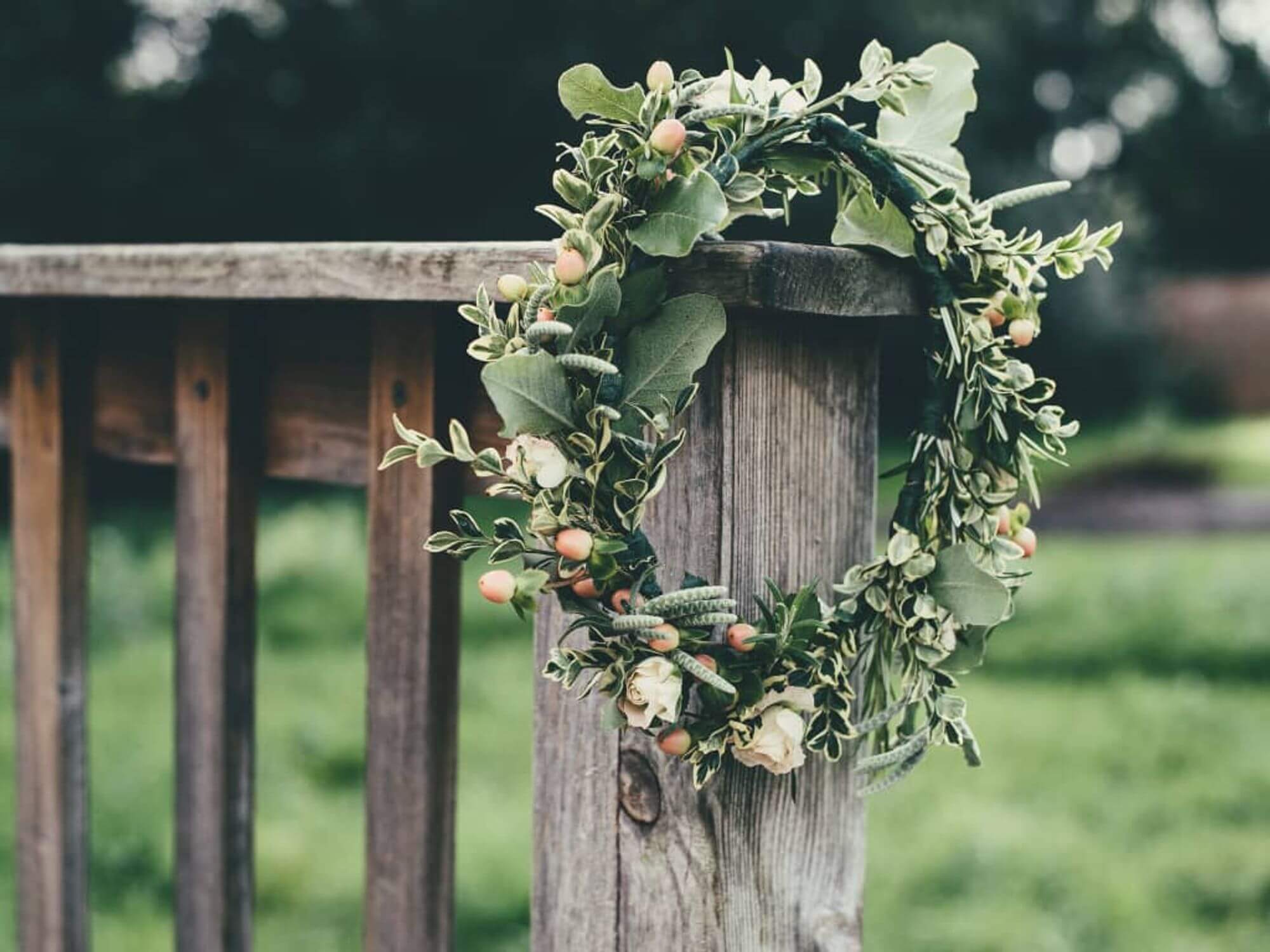 |
Ribbons for Wreaths – Symbolism and Meaning
In Ukrainian culture, ribbons are not just decorations but also magical protection. Each of the twelve colors has its meaning.
First, a light brown ribbon was tied in the center, symbolizing the nurturing earth. On either side of it were yellow ribbons, representing the sun. Next came the light green and dark green ribbons – symbols of beauty and youth. Blue ribbons reflected the sky and water, bringing strength and health. Then came the orange – a symbol of bread, purple – wisdom, crimson – spirituality and sincerity, and pink – abundance. The white ribbon was woven only with embroidered silver and gold ends: on the left – the sun; on the right – the moon.
Unembroidered ribbons symbolized the memory of the deceased, while red ribbons represented sorrow and magic (often combined with poppy flowers). Orphaned girls wove blue ribbons, and people who met them frequently gifted them with money, food, and good wishes. In gratitude, it was customary to untie ribbons from the wreath and give them to the giver.
Regardless of what the wreath was made from, it primarily spoke about the girl's state of mind, events in her life, feelings, and dreams. The art of weaving wreaths was not only an opportunity to create decorations but also a language of symbols and customs.
How the Language of Flowers Emerged
This language originated in the East thanks to women who, unable to express their feelings with words, "embedded" them in the selection of buds and the compositions they created. These associations became stable symbols that became a language for those who understood their meaning.
In Eastern tradition, it is important how a bouquet is held and whether it has unique details: whether the flowers are raised, how the giver holds the bouquet (with the blossoms up or down, in the left or right hand), whether the bouquet is decorated with leaves, and whether the rose thorns are removed.
Knowledge of the language of flowers reached Europe thanks to the notes of Aubry de La Mottraye and Lady Mary Wortley Montagu. They described the secrets of this language, revealing the meanings of flowers and their compositions. Flower dictionaries of the 18th century spread the popularity of this language in France and England, especially during the reign of Queen Victoria.
Today, the language of flowers is called floriography. It includes more than 500 meanings that can be expressed without words. In the 17th century, the future floriography received the romantic name "selam", an interest in which swept across Europe. A treatise on the meaning of flowers was compiled and studied mainly by the upper classes, using it to express words in situations where words were unnecessary.
According to "selam," each flower has a specific meaning. For example, a small bouquet of violets given to a girl eloquently said that the suitor often thought of her. Hydrangea expressed gratitude for understanding, water lilies conveyed budding passion, roses identified lovers, and orchids expressed tenderness, love, refinement, and intimacy.
The language of flowers remains relevant, and knowledge of its etiquette and symbolism helps create a unique impression and touch the most delicate strings in a loved one's heart.
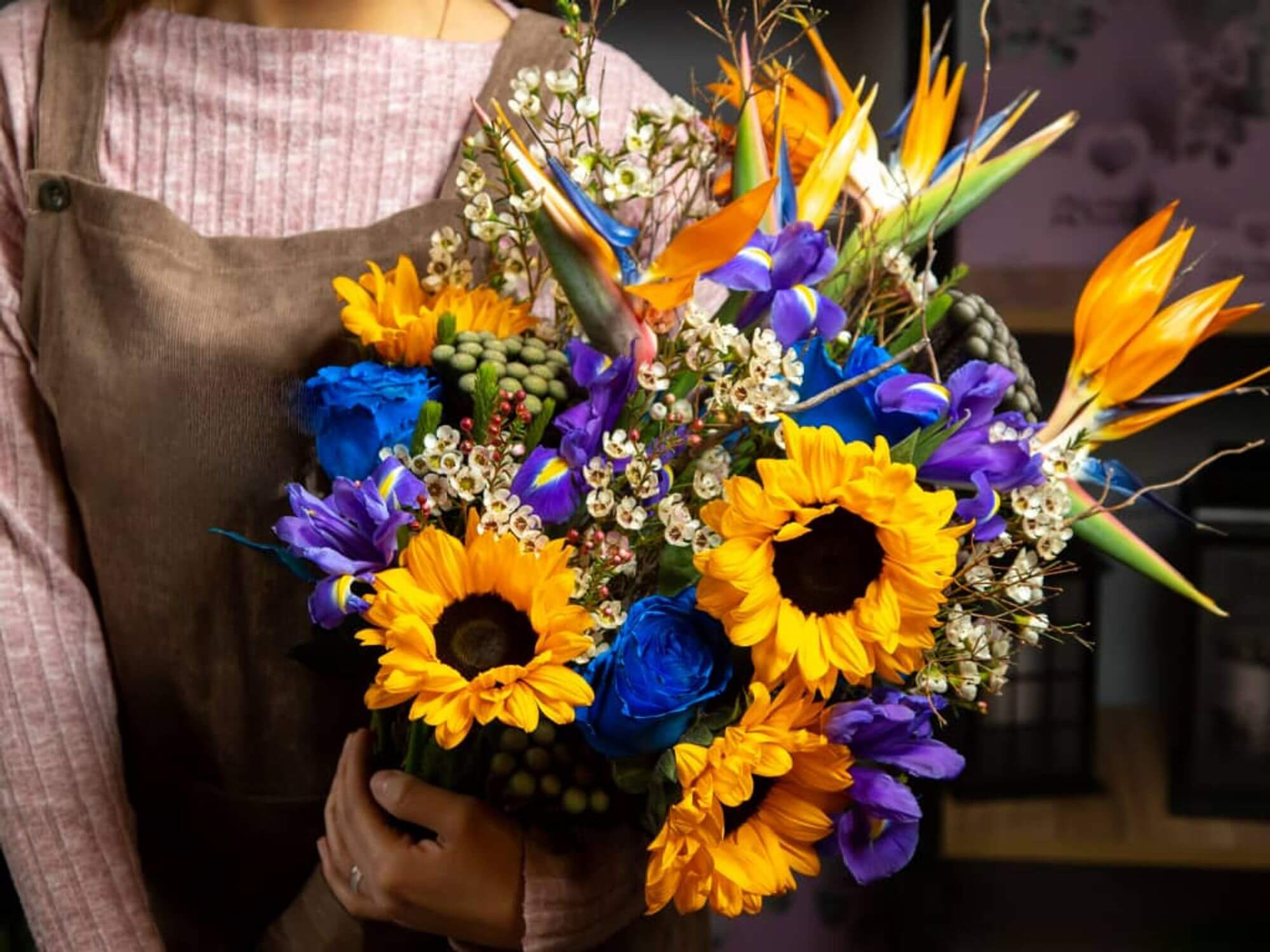 |
Shades of Flowers in a Bouquet – Meanings and Best Combinations
Some of the meanings of flowers are familiar from childhood, while others are not as obvious:
- Red – love and passion;
- Green – hope;
- Blue – fidelity;
- Yellow – previously associated with separation, but nowadays, yellow symbolizes sunshine and warmth. There is no taboo on this color, and yellow roses, tulips, or gerberas can be given on any occasion;
- White – purity and sincere intentions;
- Pink – youth and modesty;
- Blue – tranquility and infinity;
- Purple – luxury and dignity;
- Orange – joy, warmth, harvest, and celebration.
Regardless of the composition chosen, the main thing is to give the bouquet with sincere feelings. The additional meanings embedded in it will make the gift even more desirable and memorable.
Where to Order Flowers for Delivery in Ukraine for a Holiday
When choosing a bouquet, it is important to consider that different cultures can attribute meanings to the same flower. For example, in China, white lilies symbolize a wish for a happy married life and are often given to newlyweds. However, these flowers may only be bought in some countries for tragic circumstances.
On our website, we only offer the types of flowers that are traditionally given in Ukraine. These are the best options, among which you will find something for a particular occasion at a reasonable price. Contact Ukraineflora to order a flower bouquet with delivery in Ukraine at a convenient time for the recipient. We are happy to help you choose the best option considering your interests and financial capabilities – contact our managers via online chat or by phone, as listed on the website. An individual gift order created according to your description is also possible.
Choose the best option and give your loved ones the beauty of premium-quality flowers. Let every flower become part of your unique story!
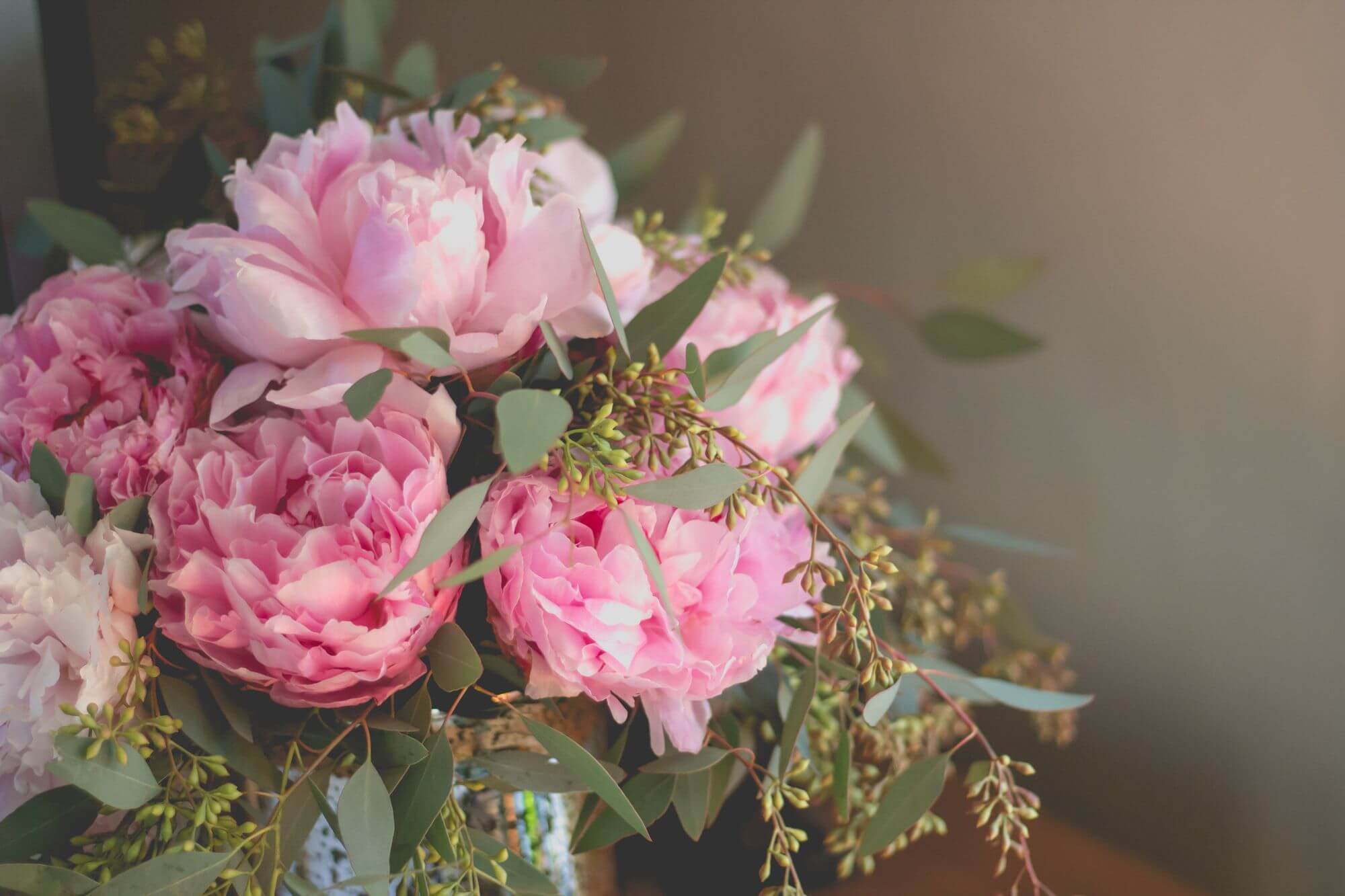 |
